Community Mini-Grant Spotlight: Flint River Watershed Coalition
Flint, MI
Engaging Teachers and Students in the Flint River Watershed
Each month, we spotlight one of GLPAN’s 2023 Community Mini-Grants Program awardees and provide an update on how their work is addressing the toxic PFAS crisis in Michigan and the Great Lakes.
This month, we are shining the spotlight on the Flint River Watershed Coalition (FRWC) and their transformative Flint River GREEN (Global River Environmental Education Network) program led by Education Manager Tom Esper. Under Tom’s leadership, this initiative engages middle and high school teachers and students in water quality testing and education, empowering the next generation with the knowledge and tools to address water quality issues, including the pressing problem of toxic PFAS contamination.
Since its inception, the Flint River GREEN program has recruited and trained teachers to guide their students in hands-on water quality testing across the Flint River watershed. The program equips participants with test kits to measure various water quality parameters, such as pH, phosphates, and turbidity, allowing them to track changes over time. During the 2023-2024 school year, 19 teachers – a dramatic increase from the previous year – led their students in these testing activities, opening the eyes of thousands of young people to the issues and complex threats that face our waterways and drinking water.
The data collected by these students contribute to an overall water quality index score, which is shared with local and municipal authorities to inform environmental management decisions. This year, the involvement of GLPAN mini-grant funding has enabled Tom and the FRWC to include PFAS education as a key component of their curriculum.
Tom, who recently joined FRWC and has been instrumental in revitalizing the coalition's efforts, brought renewed energy and focus to the GREEN program. With more support and funding, he created an educational slideshow to spread awareness about toxic PFAS contamination and other water quality issues and coordinated recruiting efforts ahead of the last school year. Despite some turbulence within the coalition over the past 18 months, Tom's leadership and GLPAN’s funding support have been pivotal in advancing the program's goals.
"Thanks to GLPAN's grant funding, we've been able to significantly enhance our Flint River GREEN program by incorporating crucial PFAS education. This has not only expanded our students' understanding of water quality issues but also empowered them to take action in their communities. The support has been instrumental in reviving our coalition's efforts and ensuring that we can continue to engage and educate both students and teachers on the pressing environmental challenges we face." – Tom Esper, education manager for the Flint River Watershed Coalition
GREEN program students presenting their water quality findings at Kettering University in May.
In May, the GREEN program culminated in a summit at Kettering University, where approximately 300 students presented their water quality testing data. This event included breakout sessions with PFAS advocates and experts, such as the head of wastewater treatment and sanitation experts, offering students the opportunity to engage directly with professionals in the field. One standout session featured Kate Peppin, an artist and PFAS advocate, who not only created a mosaic for the coalition’s new building but also inspired students to write letters of concern to government officials, urging action on PFAS contamination.
Thanks to GLPAN mini-grant funding, nearly 1,730 students in the GREEN program received education on PFAS, significantly expanding the program's impact. Student evaluations highlighted the importance of PFAS education, demonstrating a heightened awareness and concern for PFAS issues among participants.
Looking ahead, FRWC aims to sustain and expand its educational efforts. As an environmental educator, Tom emphasizes the importance of providing practical alternatives to reduce exposure to PFAS and other contaminants. Outside of the GREEN program, his mentoring work with the Flint River Environmental Leaders youth group – which allows students to investigate and tackle environmental issues of their choice – further exemplifies this commitment.
In addition to classroom activities, FRWC conducts local tabling events to educate the broader community about household waste problems and actionable solutions. By combining education with practical steps, FRWC ensures that awareness translates into meaningful action.
We look forward to seeing how the Flint River Watershed Coalition continues to inspire and educate the next generation, fostering a community that is informed and proactive in addressing water quality issues, including the persistent threat of PFAS contamination.
Flint River Watershed Coalition Education Manager Tom Esper



